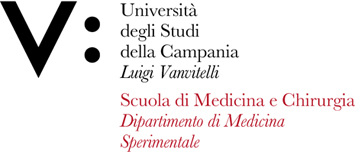Maria PAVIA
Insegnamento di GENERAL AND APPLIED HYGYENE
Corso di laurea magistrale a ciclo unico in MEDICINA E CHIRURGIA
SSD: MED/42
CFU: 4,00
ORE PER UNITÀ DIDATTICA: 40,00
Periodo di Erogazione: Primo Semestre
Italiano
| Lingua di insegnamento | INGLESE |
English
| Teaching language | English |
| Contents | 1. Objectives and aims of epidemiology applied to clinical medicine and public health; |
| Textbook and course materials | Hennekens and Buring: Epidemiology in Medicine |
| Course objectives | At the end of the course the student should: |
| Prerequisites | None |
| Teaching methods | Frontal lessons and discussion with students. The lessons will be divided into three parts. A brief introduction to resume the topics developed in the previous lesson, answers to questions on the topics developed and presentation of new topics. |
| Evaluation methods | Evaluation of the student proficiency is based on an oral examination. The oral exam covers all the aspects of Methods in Epidemiology and Preventive Medicine described in the syllabus. During the examination, the student should be able to discuss the topics and be able to connect and analyze the different subjects. The oral exam is aimed at verifying the student’s ability to apply knowledge and methodologies acquired during the course, with particular regard to the specific role that these methods may have in the physician preventive, diagnostic and therapeutic practice. The final grade is expressed in 30/30 where 18 represents the minimum and 30 is the maximum. |
| Course Syllabus | Introduction to epidemiology |








